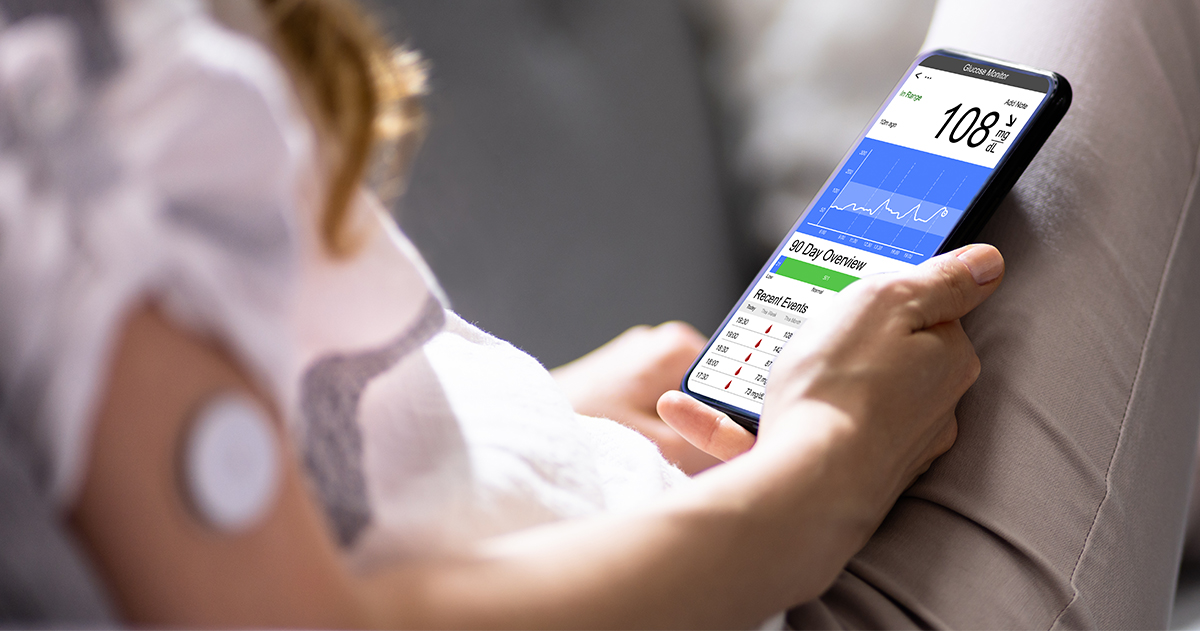Uncontrolled blood sugar in diabetic patients can lead to vision loss, amputations and even heart attacks. Jodie Gee, a professor in the College of Pharmacy, and her colleagues Bernadette Asias-Dinh and Natalie Rosario, are able to assist doctors and co-treat patients with certain morbidities. A new device is helping them do so more effectively for her diabetic patients.
In addition to their work as professors, Gee, Asias-Dinh and Rosario care for patients at the Denver Harbor Family Health Center twice a week. Denver Harbor is a federally qualified health center that mostly serves uninsured or underinsured Houstonians. They check their vitals, determine if there are any medication interactions based on their medicine lists, and work in collaboration with clinic physicians to adjust medications. They keep close track of their diabetic patients, but when those same patients do not check their sugar two or three times a day regularly, it’s nearly impossible to make decisions about their medication management.
Why are these diabetic patients not checking their blood sugar as regularly as they should? The medical community refers to this as diabetes distress. It’s painful to prick their finger and it’s cumbersome to be interrupted multiple times in a day to use the test strips – and that’s assuming they can afford the test strips, needles and other supplies.
With a grant from the Federal Communications Commission, Denver Harbor Family Health Center was able to implement several COVID-19 telehealth programs, one of which uses a new FDA approved device called a continuous glucose monitor to assist in the management of patients with diabetes. As part of the grant from the Federal Communications Commission, Gee and her colleagues identified 100 patients to use a continuous glucose monitor that operates with just one prick every 2 weeks. The new medical device is called a Freestyle Libre, and it features a small filament that is implanted in the upper arm. It feeds continuous information and monitors the patient’s blood sugar so that it is instantly available to the patient, their doctors, their pharmacists and their nurses – whomever is following them for their diabetic care.
The most striking change in behavior that Gee and her colleagues found was that, when patients were wearing the continuous glucose monitors, they were taking better care of themselves and making better life choices regarding diet and exercise.
“The whole point of controlling their diabetes is so that they will be around for their families for a long time,” said Gee. “My one wish is that the cost prohibitive nature of this device would decrease so all patients could learn to take care of themselves in this manner — and continuously monitor their levels for health reasons.”
Image: Getty Images/iStock/AndreyPopov
